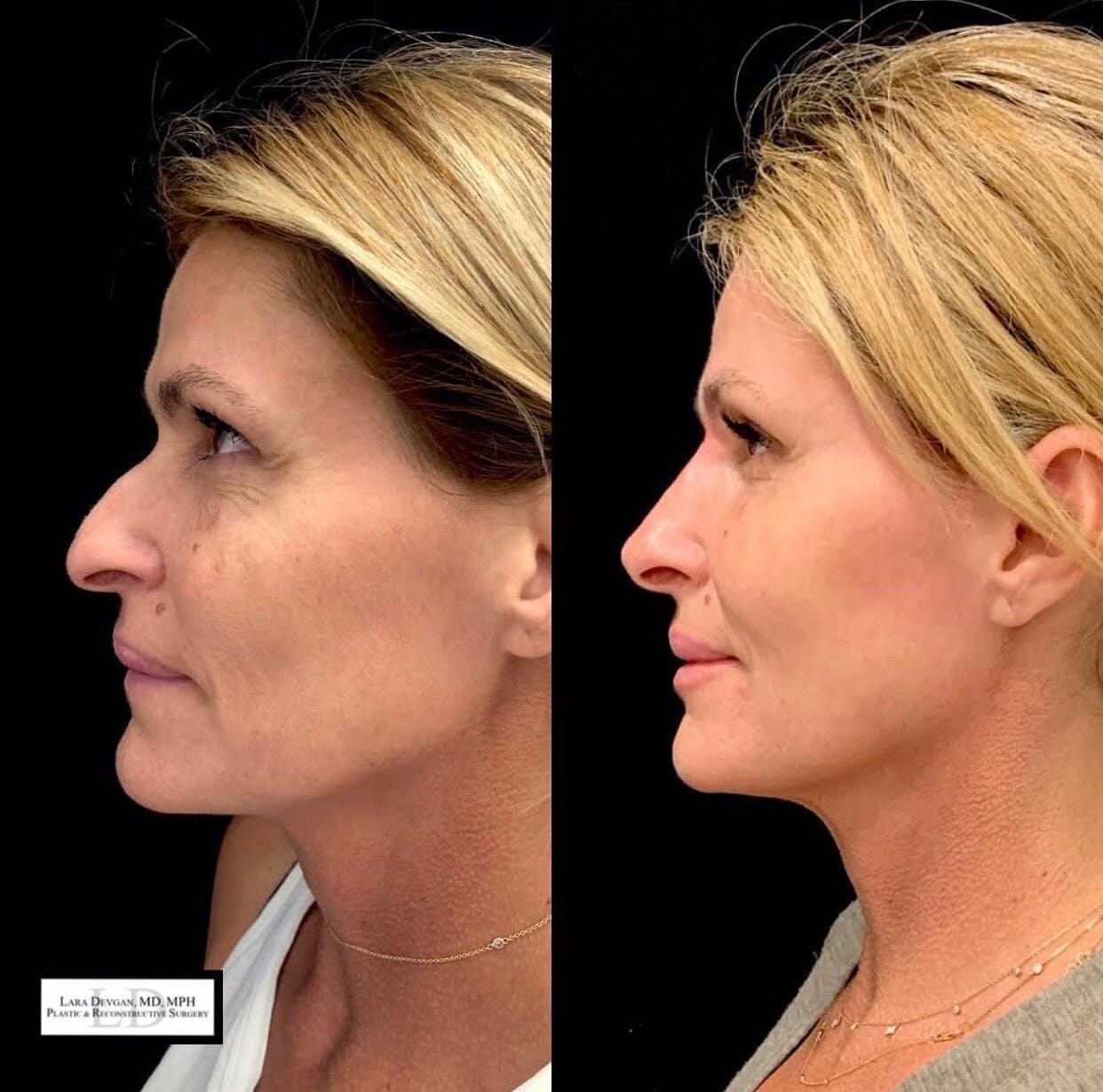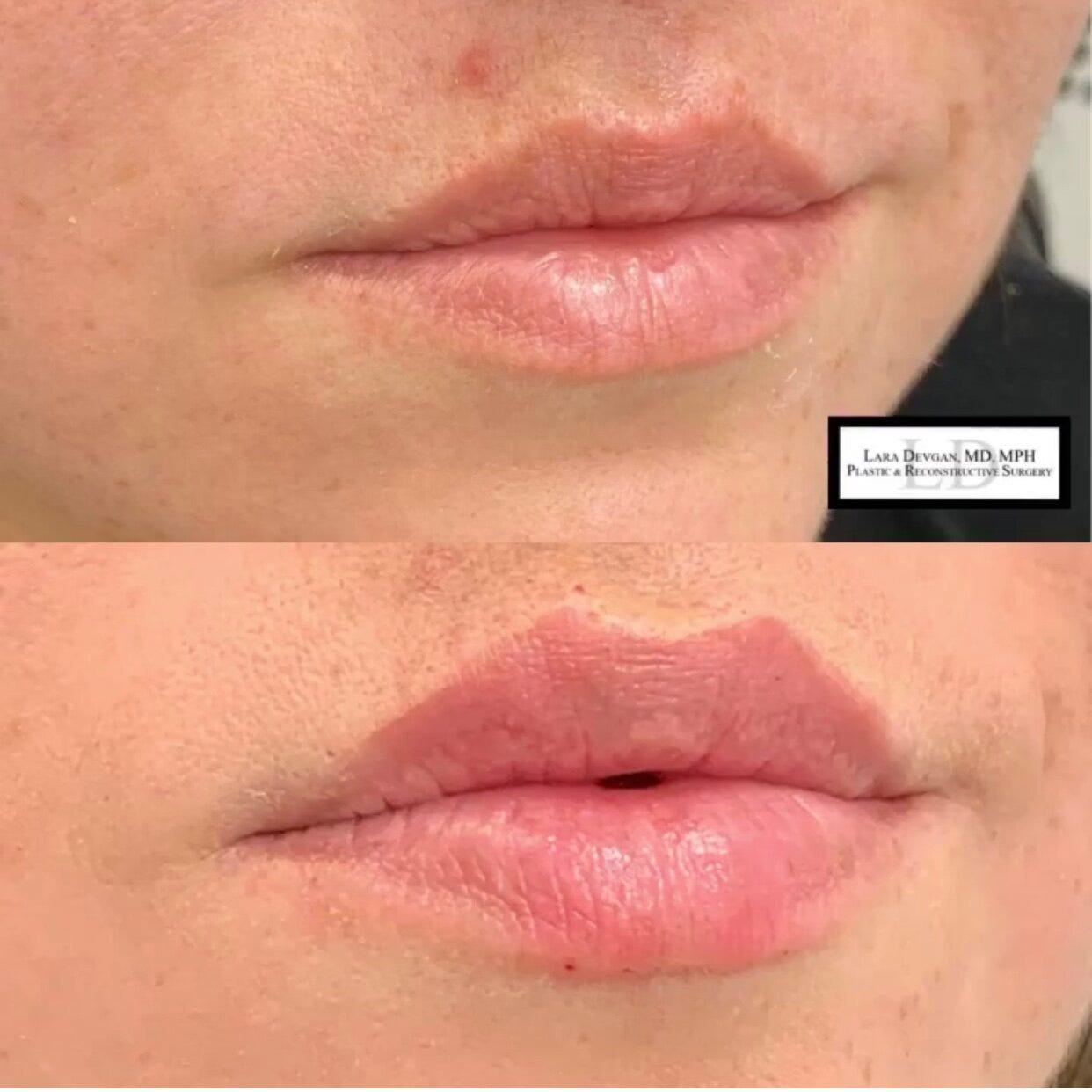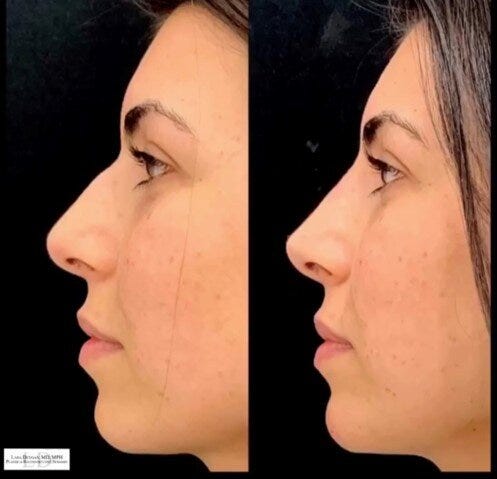The Ethics of Extreme Aesthetic Surgery: A Plastic Surgeon’s Perspective
Primum Non Nocere-- First, Do No Harm
As a plastic surgeon, my role is to help people feel more confident in their own skin. I’ve seen firsthand how transformative surgery can be—not just physically, but emotionally and mentally. However, the rise of extreme aesthetic procedures, fueled by social media, celebrity culture, and rapidly evolving technology, has sparked a heated debate in the medical community. Are we, as surgeons, pushing the limits too far? Are we prioritizing patient autonomy at the expense of their long-term well-being? These are questions we must address as the demand for more radical surgeries continues to grow.
One of the most controversial trends in the industry today is the shift toward procedures that push the human body to its biological limits. From exaggerated Brazilian butt lifts (BBLs) to extreme facial contouring surgeries, patients are increasingly requesting procedures that go beyond the traditional standards of beauty. While plastic surgery has always had an element of personal choice and subjectivity, we’re now entering an era where *anything* is possible—and that can be both exciting and dangerous.
The Role of Social Media and Celebrity Influence
A key driver of this trend is social media, where influencers and celebrities showcase dramatic before-and-after transformations that set unrealistic beauty standards. The omnipresence of filters, combined with the expectation of perfection, leads many patients to request procedures that mimic these artificial ideals. The lip transformations, rumored body contouring, and exaggerated facial changes we see on celebrities and influencers have all contributed to this phenomenon, creating a version of beauty that is often unattainable without extreme intervention.
While these figures are praised for their looks, the risks behind achieving these aesthetics often remain hidden. As surgeons, we have a responsibility to educate patients about the potential complications of these procedures. BBLs, for example, have one of the highest mortality rates of any aesthetic surgery due to the risk of fat embolism. Yet, patients are still flocking to the operating room for this procedure, driven by a desire to emulate their favorite celebrity.
Balancing Patient Autonomy with Medical Ethics
One of the fundamental principles of medicine is primum non nocere—first, do no harm. But in the realm of aesthetic surgery, the definition of “harm” can become blurry. Is it harmful to give a patient the appearance they desire, even if it means performing procedures that push the limits of what is safe? Some argue that if a patient fully understands the risks and consents, we are merely fulfilling their wishes. But where do we draw the line?
I believe that patient autonomy is critical, but it must be balanced with our ethical duty to protect their long-term health and well-being. In many cases, patients may not fully comprehend the potential consequences of extreme surgeries—both physical and psychological. It’s our job to guide them, offering alternatives that can achieve their goals without putting them in harm’s way. Just because we *can* do something doesn’t always mean we *should*.
The Impact on Mental Health
Another layer to consider is the psychological impact of extreme procedures. We know that patients seeking multiple or exaggerated surgeries may be suffering from body dysmorphic disorder (BDD), a condition where they have an obsessive focus on perceived flaws. When faced with these patients, we must tread carefully, as operating may not only fail to alleviate their concerns but could exacerbate their mental health struggles.
As a plastic surgeon, I’ve seen cases where surgery has genuinely transformed a person’s confidence and quality of life. However, I’ve also encountered patients whose dissatisfaction persists despite numerous surgeries, and I have had to refuse further procedures. We cannot overlook the importance of mental health in aesthetic surgery—it’s not just about changing the body, but ensuring the mind can cope with those changes.
Where Do We Go from Here?
As technology continues to advance and the cultural pressures of perfection mount, the demand for extreme aesthetic procedures will likely continue to rise. As surgeons, we must ask ourselves difficult questions about the future of our field: How far are we willing to go to meet patient demands? Should we impose stricter ethical guidelines for certain high-risk procedures? And how do we ensure that our patients are making informed decisions that prioritize their long-term health over fleeting trends?
In conclusion, while plastic surgery can be a powerful tool for self-expression and transformation, we must remain vigilant about the ethical boundaries of our profession. The desire for extreme beauty can come at a significant cost, and as surgeons, we must be willing to have tough conversations with our patients—even when it means saying no. Our role is not just to transform bodies, but to safeguard the physical and mental well-being of those who trust us with their care.
As the old saying goes, “beauty is pain”—but it shouldn’t be life-threatening.







